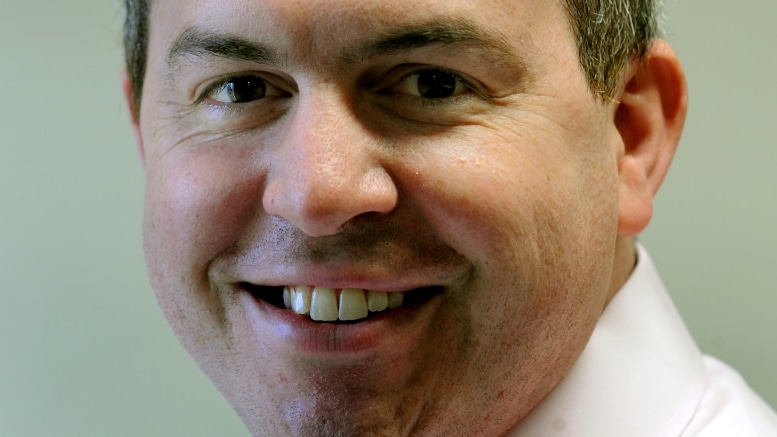By Phil Morris
There’s only so much capability for businesses to grow organically and M&A can help organisations gain a larger market share by merging into different sectors, services and geographies. That said, there are a number of considerations prior to taking the plunge. Before developing an effective M&A strategy, it’s important that finance directors understand the key drivers – on both sides. From the seller’s perspective, the primary objective is invariably getting the best price. In our experience, that tends to be the main aim. However, if it’s a business that’s been built up by the founder – a labour of love, as it were – then it’s more about finding the right home, so the owners can retire, safe in the knowledge that their customers will be looked after and that their legacy will continue without them. From the buyer’s perspective, it’s about growth potential, extending the net and creating something larger and more powerful than the two individual companies would as separate entities.
Joining forces can help acquisitive businesses enter new sectors, offer more services and extend their regional footprint. If buying a business won’t enable growth in new markets or regions, then finance directors must question the value of such a venture. Before exploring the options, then, anyone involved with M&A must understand what a merger or acquisition would add to the current proposition. Servest is a customer-centric business, first and foremost, so any M&A activity would have to align with this key objective. With that in mind, we seek to acquire businesses that will make our services broader and more robust, all the while honouring our values, corporate identity and culture.
That’s quite a challenge – and we face up to it by being disciplined in what we’re looking for and by sticking to the plan. Before conducting due diligence, there needs to be the confidence that the acquisition in question offers the right fit. In this quest, it’s essential to involve other people within the business; that’s the only way you can identify and fill the gaps in your portfolio – by harnessing the knowledge of the people on the ground. Once the finance director has worked with their colleagues to identify a potential area of the business to develop via acquisitive means, then the wider M&A team would look around the market to see what’s out there, and syphon down the options based on the business needs.
Following the production of an investment paper, the M&A committee – consisting of board members, shareholders, divisional managing directors and so forth – would together conduct a ‘sense check’; applying the right thinking to determine whether it would be worthwhile exploring a formal deal structure with the third party in question. The next step would be to ensure there’s the right infrastructure in place. The legal team, for example, would have to be on standby and ready from a due diligence perspective. Due diligence costs quite a lot of money; if a business is going to commit that kind of capital, it should have already bought into the benefits of buying that business. The FD plays a key role in presenting the business case.
There’s a pretty basic valuation process when it comes to establishing a firm’s worth. Put simply, calculating the equity value involves identifying the profits based on enquiries and information in the public domain, applying a multiple (based on numerous factors including supply / demand), and subtracting any debt. However, cultural fit is very important, as is the quality of the management team. These things are harder to quantify or measure but if you’re going to get what you pay for, the way that business is handed over is extremely important. This involves retaining the key people with the client relationships. If they disappear and resurface with your competitors, then you could run into trouble – meaning you’ll pay more for the business than you get back. An M&A team has to identify who the key stakeholders are, as well as the ways and means to keep them engaged and part of the business. Finally, the customer concentration should offer a safe and viable blueprint for acquisitive growth; if 80 per cent of revenue comes from one client, for example, then that would be a very risky undertaking.
Servest is a high growth business – to date, we’ve grown both organically and via acquisitive means and we’ve gone through ten major transactions in the last eight years. Our recent M&A activity has, of course, contributed to business expansion but we’ve also been awarded new contracts throughout the year. This, in combination with high rates of repeat business retention, means our finance team have to be ready to accommodate growth and facilitate integration. We have every intention of maintaining this level of growth in the future so it’s important to address the role finance plays in supporting this level of expansion. Acquisitions can fly or fail depending on the strategic and integration plan; the input from finance directors is vital in this pursuit.
Phil Morris, pictured above, is Group Chief Finance Officer, Servest



Be the first to comment on "How FDs can help develop an effective M&A strategy"